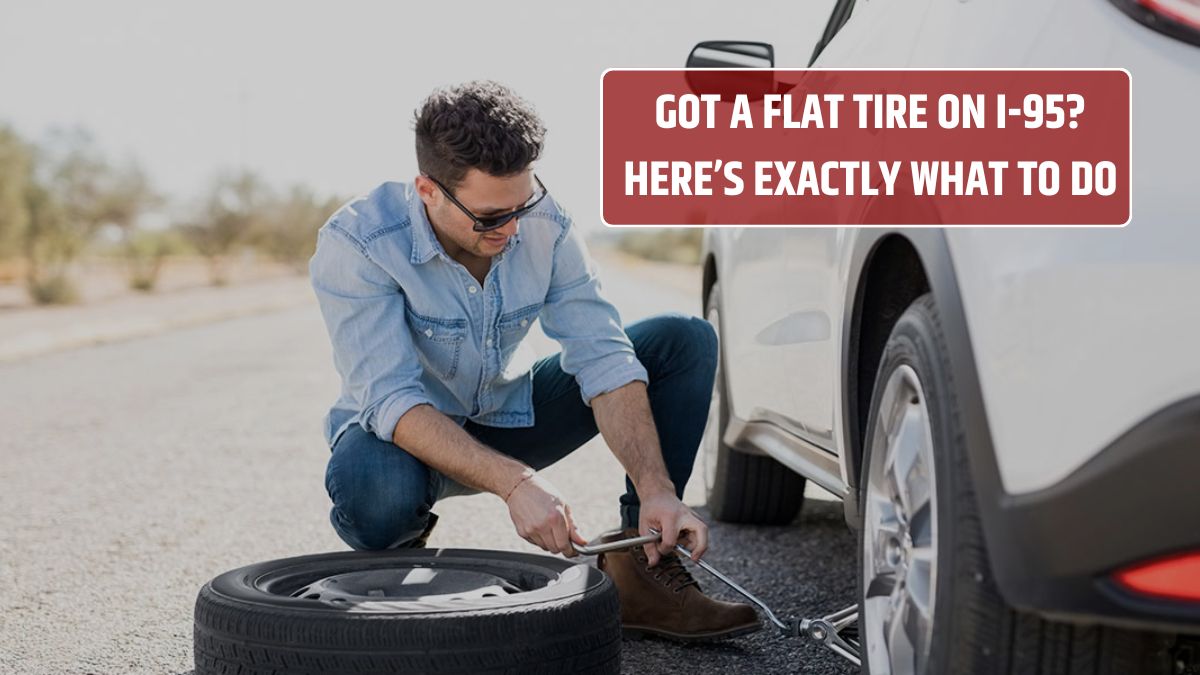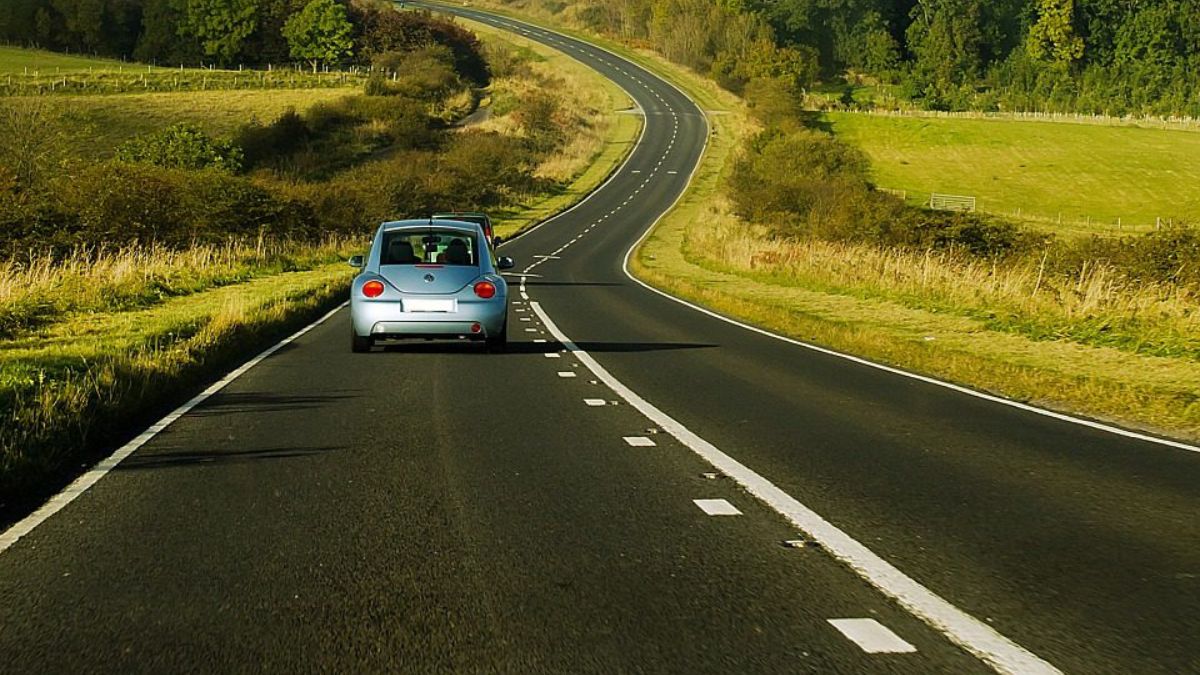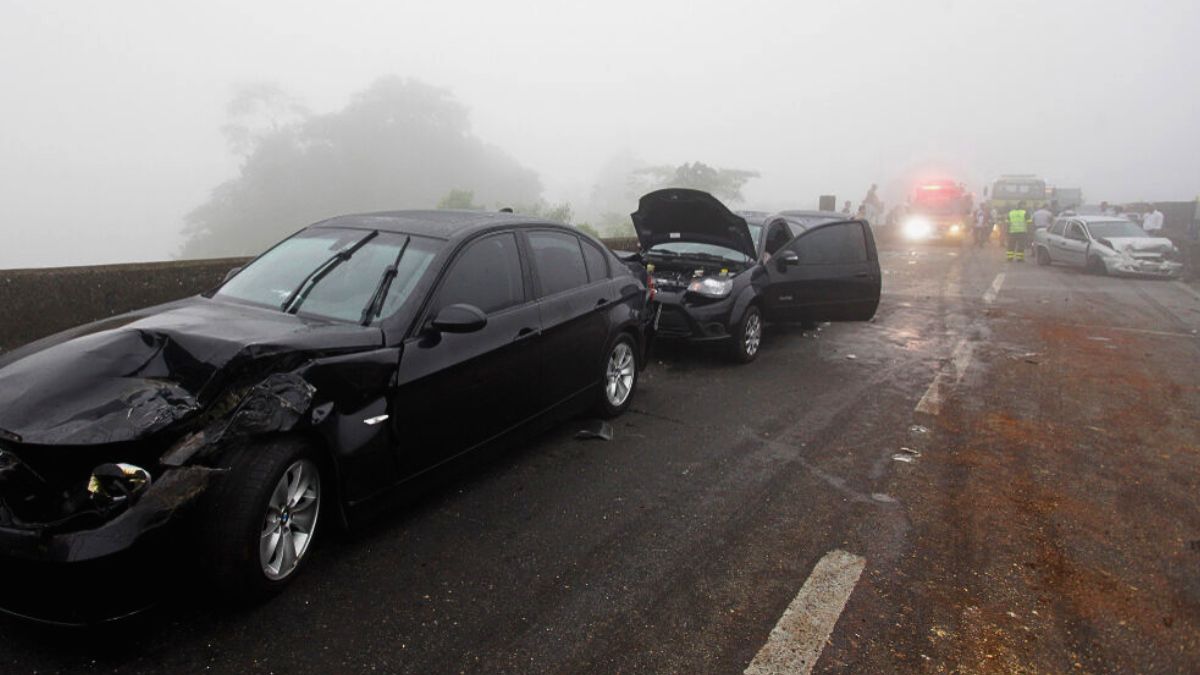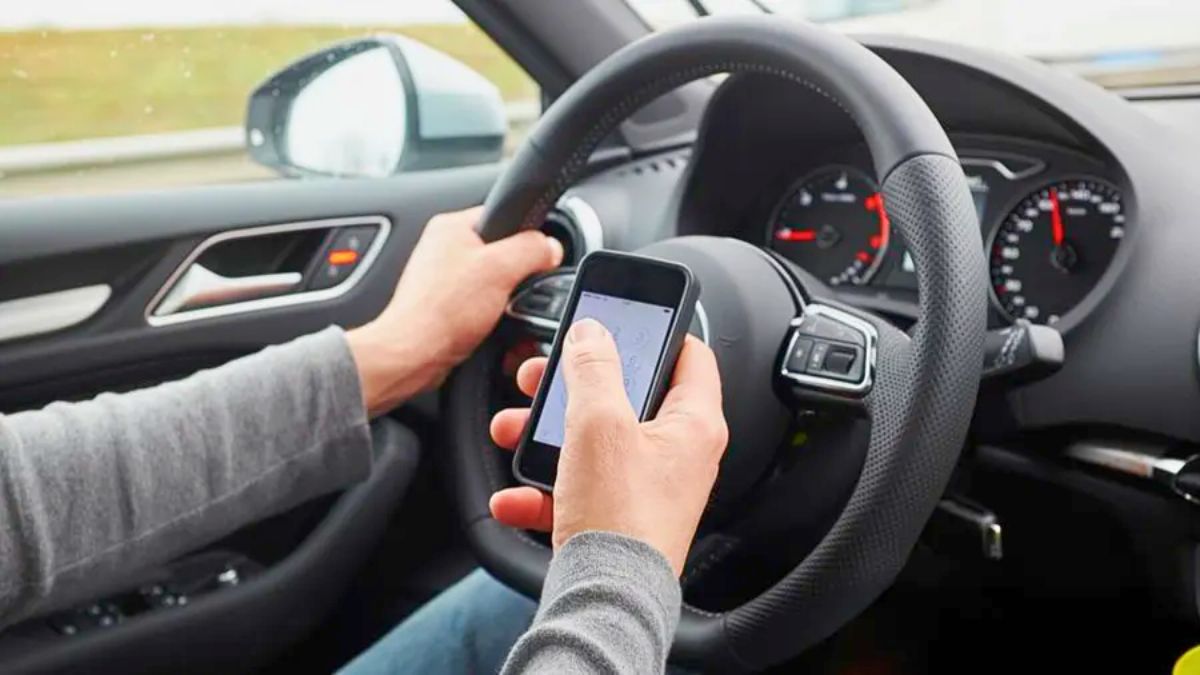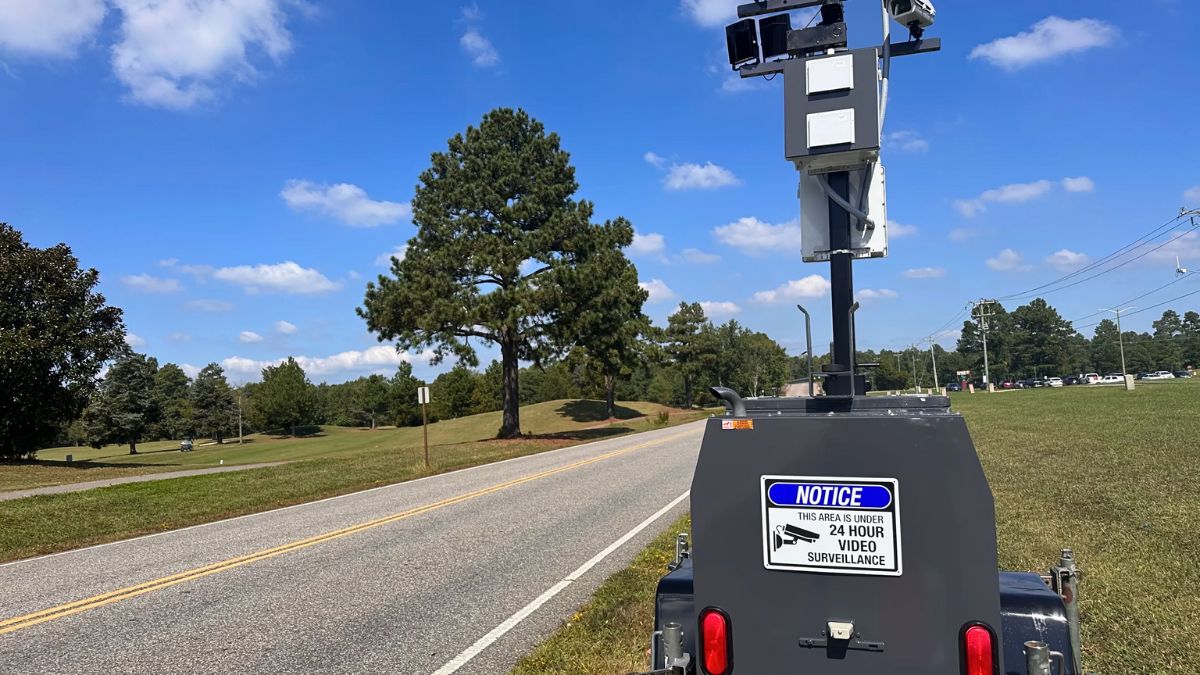A flat tire on I-95—Virginia’s busiest and often most chaotic highway—can turn your day upside down in seconds. Between the high speeds, limited shoulders, and aggressive traffic, this isn’t the place for guesswork. But don’t panic. With the right steps, you can handle the situation safely and confidently. Let’s walk through what to do if your tire goes flat on I-95.
Awareness
First things first—recognize the signs of a flat before things get worse.
- Sudden pulling to one side
- Thumping or flapping sounds
- A vibrating steering wheel
- Dashboard tire pressure warning light
If you notice any of these while driving, don’t slam the brakes. Take a deep breath and stay calm.
Position
Your top priority is getting out of harm’s way.
Here’s how to safely pull over on I-95:
- Grip the wheel firmly—a flat can throw your steering off.
- Turn on your hazard lights immediately
- Ease off the accelerator—don’t brake suddenly
- Look for a wide shoulder or exit ramp
- Pull over as far to the right as safely possible
Avoid stopping on curves, hills, or narrow shoulders. If you can coast to a rest stop or off-ramp, do it—even if it means damaging the tire more.
Safety
Once stopped, it’s all about staying visible and safe.
- Keep hazard lights on
- Stay inside the car with seatbelts fastened, especially if traffic is heavy
- Don’t attempt to change the tire if cars are whizzing past—you could get hit
- If you must exit, do so on the passenger side only
Consider putting out reflective triangles if you have them and it’s safe to do so.
Help
This is I-95—we’re talking high speeds, narrow shoulders, and sometimes aggressive drivers. In most cases, it’s smarter to call for help.
Here’s who you can contact:
- VDOT Safety Service Patrol (free assistance on major highways)
- AAA or roadside assistance from your insurance or credit card
- 9-1-1 if you’re in a dangerous spot or feeling unsafe
Tip: Save VDOT’s Safety Service Patrol number in your phone now—it can be a lifesaver.
Spare
If you’re confident it’s safe and you have the tools, you can try to change the tire yourself.
Here’s what you’ll need:
- Fully inflated spare tire (donut or full-size)
- Jack and lug wrench
- Wheel wedges to prevent rolling
- Flashlight if it’s dark
But again—only change the tire if you’re far from traffic and feel 100% safe doing so.
Checklist
Here’s a quick flat tire checklist for I-95 emergencies:
| Task | Completed? |
|---|---|
| Turn on hazard lights | |
| Pull off as far as possible | |
| Call for help if needed | |
| Stay in vehicle if unsafe | |
| Attempt tire change if safe |
The most important thing to remember? A tire can be replaced—your safety can’t. I-95 is no joke, but if you stay calm, visible, and smart about how you handle a flat, you’ll get through it just fine. Prep your trunk now and plan ahead—you never know when you’ll need it.
FAQs
Can I call VDOT for help on I-95?
Yes, the VDOT Safety Service Patrol offers free roadside help.
Is it safe to change a tire on the shoulder?
Only if you’re far from traffic and feel completely safe.
Should I drive on a flat to a safe area?
Yes, if it prevents stopping in a dangerous spot.
What number do I call for roadside help in Virginia?
Dial 5-1-1 or 9-1-1 in emergencies or use your insurance provider.
Do I need hazard lights for a flat?
Absolutely. Turn them on immediately to alert drivers.
